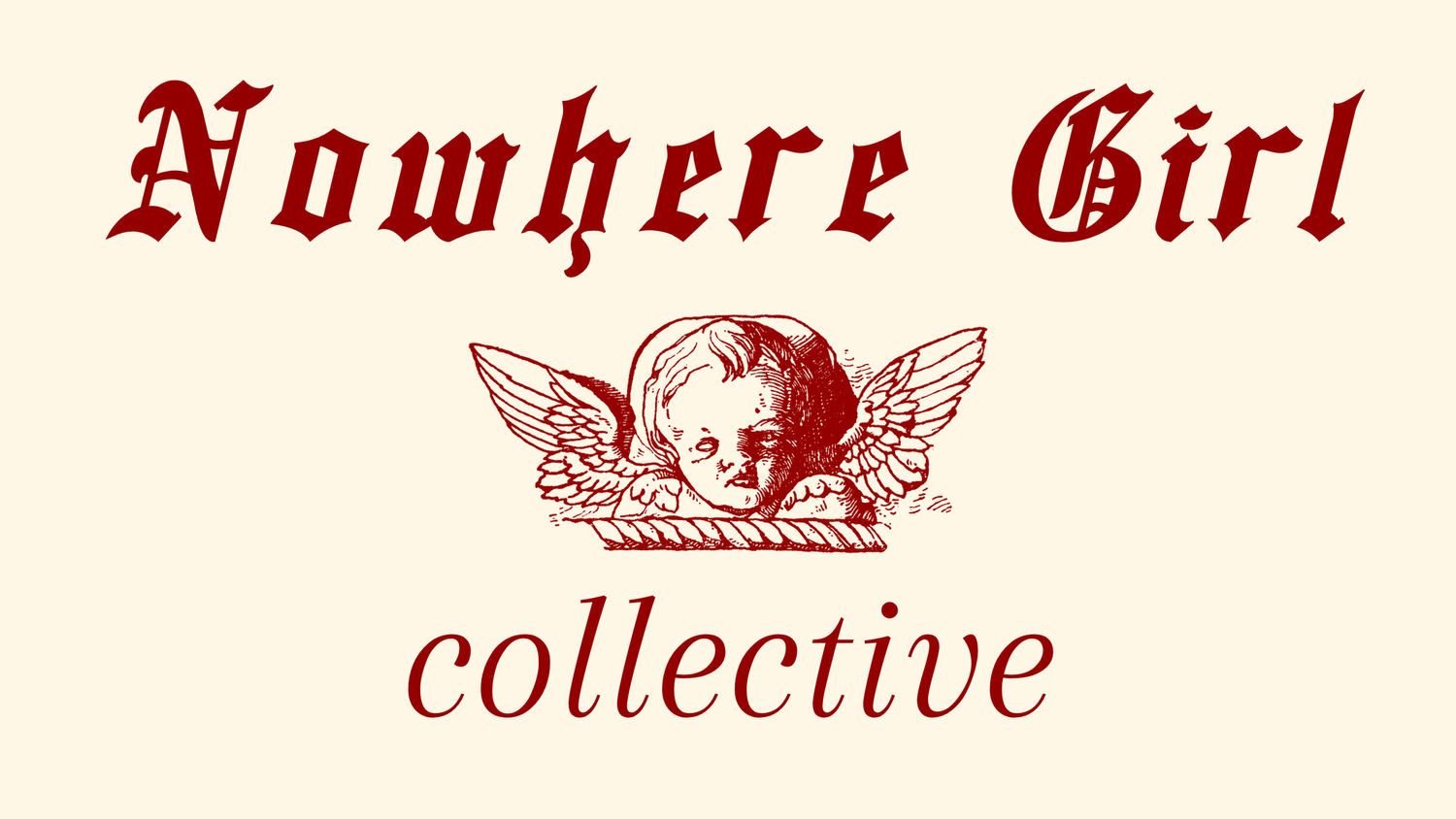CANNIBAL
The ouroboros, a paradoxical symbol of a serpent devouring its tail, originated in the ancient world. Enclosed in the gilded Egyptian tomb of Tutankhamen is the earliest known artistic representation of the ouroboros, dating back to 14th century BCE.¹ The serpent represented the repeated cycle of time—the seasonal flooding of the Nile, the path of the sun.²
Moving to Hellenistic Alexandria, Greek alchemists adopted the ouroboros. In the pictorial papyrus The Chrysopoeia of Cleopatra, likely originating in the 3rd century CE, the circular serpent surrounds the words, “One is All.”³ They saw in the ouroboros something fundamental: wholeness, infinity, endless return. Psychiatrist and psychoanalyst Carl Jung writes, “In the age-old image of the Ouroboros lies the thought of devouring oneself and turning oneself into a circulatory process, for it was clear to the more astute alchemists that the prima materia⁴ of the art was man himself.”⁵
In Christian Gnosis, the ouroboros, referred to as the “Leviathan,” symbolized “the soul which had traveled through all things.”⁶ Christian alchemical tradition followed that one’s “salvation (salvation of the part) meant recognition of his place and fulfillment of his function in the whole.”⁷ The ouroboros, as an alchemical symbol of “one is all,” provides a means for this salvation.
The emblematic story of the ouroboros is the endless cycle of destruction and re-creation, for through self-consumption, the serpent is reborn. If the serpent can be understood as “man himself,” then man is continuously reborn through self-cannibalization.
I am guilty of consuming myself to be reborn. When I look at old photographs, I see a girl I have swallowed to create my present self. Through self-inflicted change—every strand of dyed hair, every clipped nail, every sacred act of self-mutilation—I both dismantle and construct myself. I suck the marrow out of my bones, gnaw on my heart until it takes a new shape. I create a feast by destroying this body, for the act of destruction is the act of creation. The search for rebirth is my hunger. The path to rebirth is paved with blood. For the circulatory process, I am a casualty, a sacrifice, a meal.
Like the ouroboros, I contain all that is needed to create and destroy me: my body, my consciousness, my beauty, my love. The cells which give me life will one day kill me. Nothing is needed to beckon my death; my body will inevitably deconstruct itself into fragments for maggots. The soul which gives me fire whispers pleas to demolish myself. It is through this act that I have become who I am. The beauty I have dedicated my life to slowly slaughters me in return. Beauty is a liquor—sweet, delicious, murderous poison. And perhaps most of all, I allow my love to devour me for an ancient promise. I am my love; my love creates me; my love eats me alive; my love destroys me.
A girl and a cannibal, I indulge as a prayer for salvation. Hungry for more, must we consume ourselves to be reborn and infinite? Is self-consumption what it means to be whole? Will nothing else set us free? Classical wisdom tempts me with answers: You are within the Leviathan. And here is the path to wholeness—consume and be consumed. This is the way of the world; everything craves rebirth.
In part, the ouroboros is a myth; the self-consumed serpent will end in death without rebirth. Zoologists diagnose practical instances of snakes devouring their own tails as stress-induced suicide attempts.⁸ It is a projected belief that through this process, the serpent creates anything but its own demise. But as its corpse decomposes, its organic body breaks down into digestible pieces, and its carcass is recycled into new life. Like a girl, the earth cannibalizes itself to be reborn. There is a death of a part, but a survival of the soul. Even in death, it persists.
¹ Sluijs, Marinus Anthony van der, and Anthony L. Peratt. “The Ourobóros as an Auroral Phenomenon.” Journal of Folklore Research 46, no. 1 (2009): 3–41.
² ibid.
³ Bekhrad, Joobin. "The Ancient Symbol That Spanned Millennia." BBC. Last modified December 4, 2017.
⁴ Latin for first or prime matter, prima materia or materia prima is “the indeterminate common nature, which needs a specific principle or form determining the substance that actually exists at any time.” Definition taken from "materia prima" Oxford Reference.
⁵ Quotation from Jung, C. G. Collected Works of C.G. Jung, Volume 14: Mysterium Coniunctionis. Edited by Gerhard Adler and R. F. C. Hull. Princeton University Press, 1970.
⁶ Quotation from “Contra Celsum 6.25." In Ante-Nicene Fathers. Vol. 4. Buffalo, NY: Christian Literature Publishing, 1885.
⁷ Quotation from Sheppard, H J. "The Ouroboros and the Unity of Matter in Alchemy: A Study in Origins." Ambix. 10, no. 2 (1962): 96.
⁸ Sluijs and Peratt, “The Ourobóros as an Auroral Phenomenon.”
Bibliography
Bekhrad, Joobin. "The Ancient Symbol That Spanned Millennia." BBC. Last modified December 4, 2017.
https://www.bbc.com/culture/article/20171204-the-ancient-symbol-that-spanned-millennia.
"Contra Celsum 6.25." In Ante-Nicene Fathers. Vol. 4. Buffalo, NY: Christian Literature Publishing, 1885.
Jung, C. G. Collected Works of C.G. Jung, Volume 14: Mysterium Coniunctionis. Edited by Gerhard Adler and R. F. C. Hull. Princeton University Press, 1970. http://www.jstor.org/stable/j.ctt5hhr0d⁸
"materia prima." Oxford Reference. https://www.oxfordreference.com/view/10.1093/oi/authority.20110803100139815.
Sheppard, H J. "The Ouroboros and the Unity of Matter in Alchemy: A Study in Origins." Ambix. 10, no. 2 (1962): 83–96.
Sluijs, Marinus Anthony van der, and Anthony L. Peratt. "The Ourobóros as an Auroral Phenomenon." Journal of Folklore Research 46, no. 1 (2009): 3–41. http://www.jstor.org/stable/40206938.
Violetta Balkoff, 20, Providence/Los Angeles - USA ✯ BACK TO ESSAYS: OUROBOROS
“I am a twenty year old writer and History student at Brown University. My work has appeared in Dazed Magazine and XO Magazine. I split my time between Providence, RI and Los Angeles, CA.”
